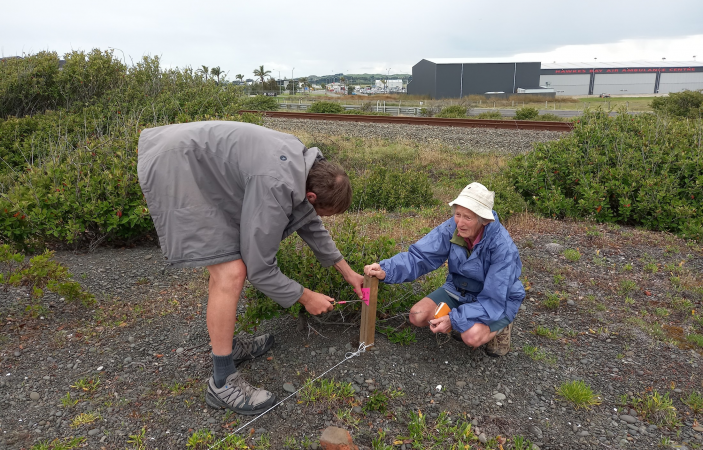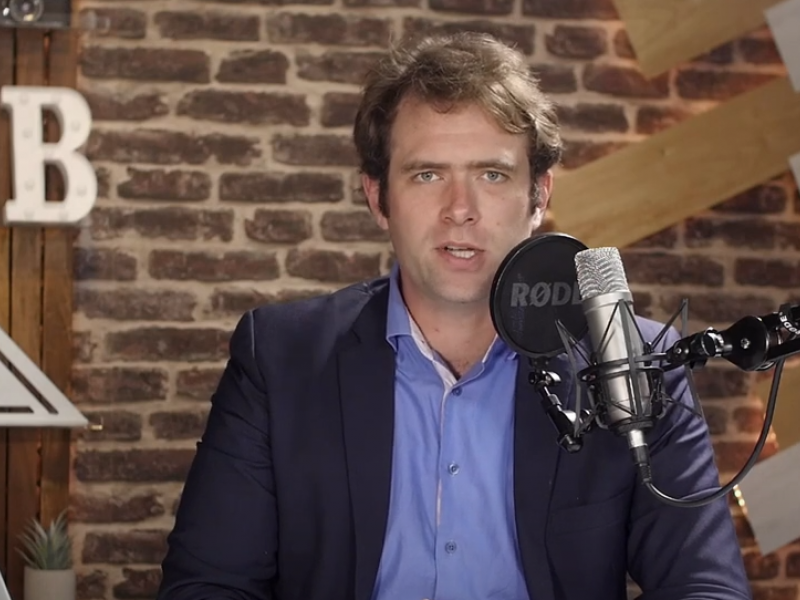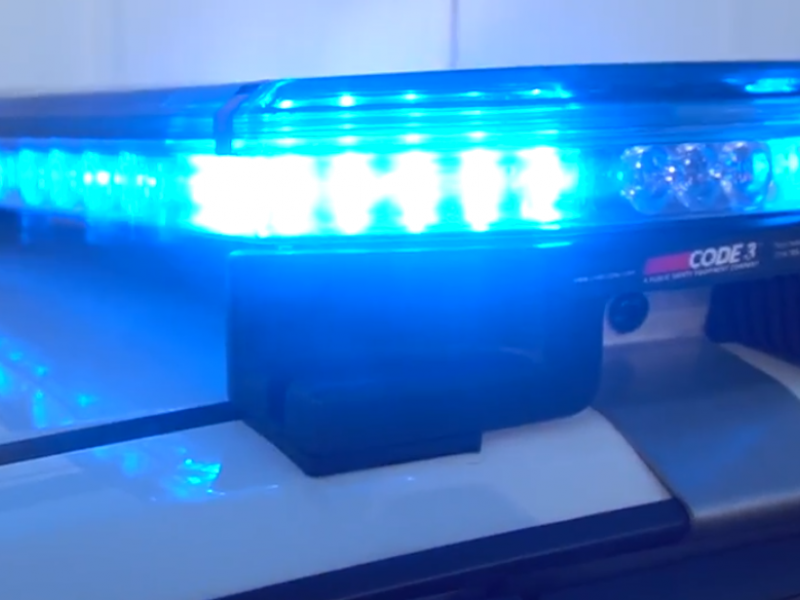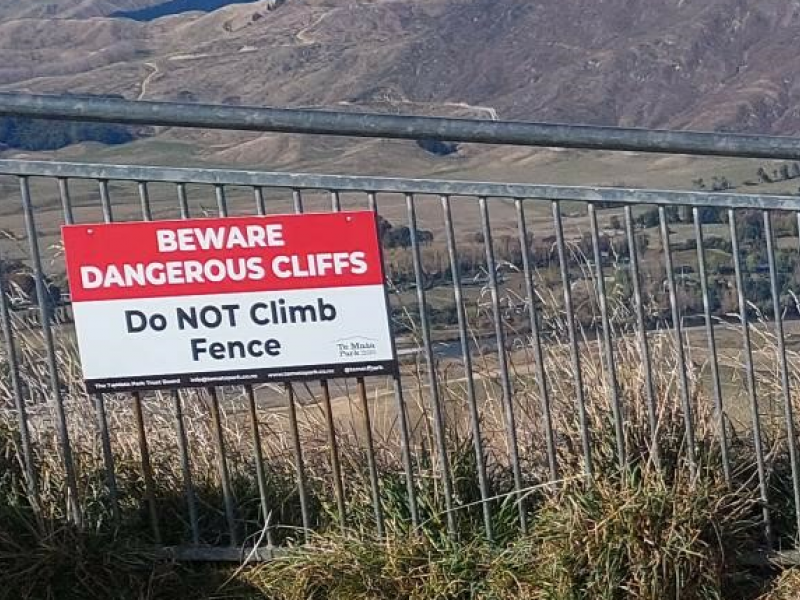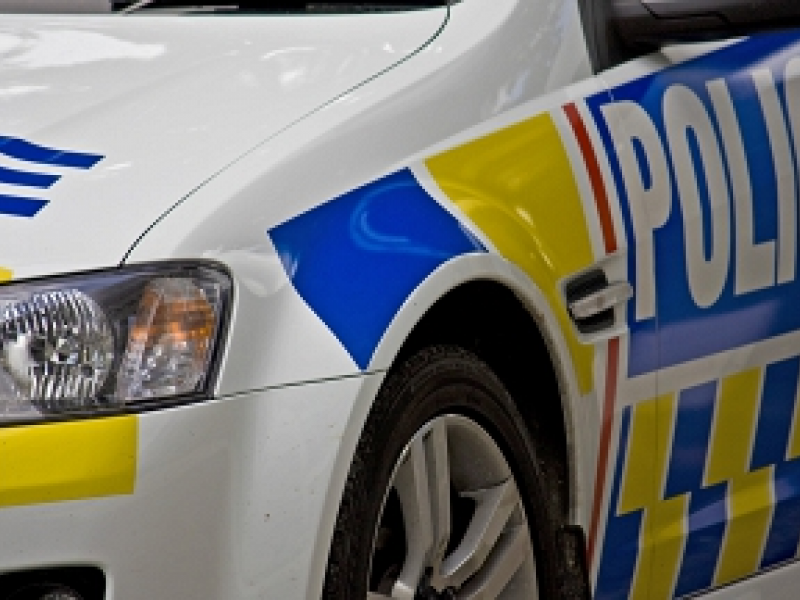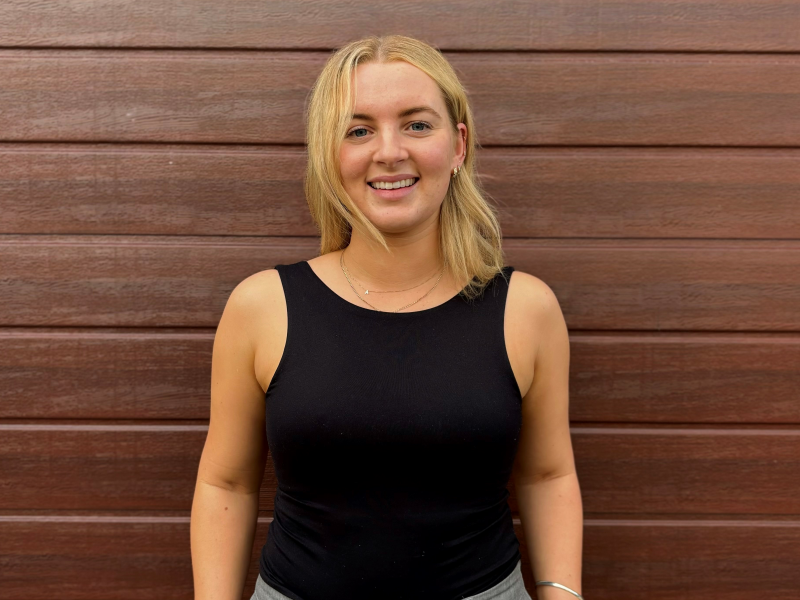More than 200 native plants marked at Westshore
Westshore locals and enthusiasts from as far afield as Wairoa joined experienced ecologists on Saturday to mark, map and count the remaining native plants in an area colloquially referred to as The Gap.
Located on the Esplanade at the end of the airport cross runway, the 8000m2 shingle beach ecosystem has been identified as a Significant Natural Area (SNA) by the Napier City Council.
It is understood to be the sole representative of this vegetation type and shingle beach ecosystem in Napier City, potentially providing habitat for indigenous invertebrates.
Biodiversity Hawke’s Bay general manager, Debbie Monahan said the aim is to protect and enhance this important ecosystem, encouraging our local biodiversity to thrive.
“The first step has been to find out how many of these precious plants are here and we have been surprised to mark and count over two hundred."
Kay Griffiths from The Conservation Company and Marie Taylor from Plant Hawke’s Bay supported the project by offering their local knowledge and expertise around indigenous plants and ecosystems.
“We found heaps. In fact, we nearly ran out of markers," Ms Griffiths said. “This is an awesome start to this important restoration project, and it was great to see so many people keen to help out and learn more."
Ms Griffiths said the precious native species include the ‘nationally threatened’ Muehlenbeckia ephedroides (Leafless pohuehue), the Pimelea Pinatoro (Sand Daphne) and the ‘at risk’ Coprosma acerosa (Sand Coprosma).
Plans are being developed to restore the site with Biodiversity Hawke’s Bay facilitating input from local community members, Te Taiwhenua o Te Whanganui ā Orotu, experts, and key partner, Hawke’s Bay Airport Ltd.
“With the first stage of the project complete, we can start the second stage of enhancing the indigenous biodiversity of The Gap by removing inappropriate exotics and weeds."
"This is a fantastic opportunity for local groups and businesses to get involved in enhancing and restoring their precious local biodiversity. So often significant sites like these are more inland, off the beaten track and harder to get to."
The site has been divided into six sections, for different groups to work on. The local Westshore Residents and Development Association and Te Taiwhenua o Te Whanganui ā Orotu have put their hands up, but there is still the opportunity to be part of the project.
If you are a local group, school or business and you are interested in being part of this local project, then email Debbie Monahan, general manager, Biodiversity Hawke’s Bay on gm@biodiversityhb.nz

